Niki, the film about the life of Niki de Saint Phalle, is out.
On October 9, 2024, the film Niki, a moving biopic dedicated to the life of Niki de Saint Phalle (Neuilly-sur-Seine, 1930 - San Diego, 2002), one of the most revolutionary artists of the 20th century, arrives in French cinemas ( trailer already available). Directed by Céline Sallette in her directorial debut, the film sheds light on the most intimate and painful aspects of the artist’s life, exploring the traumas that fueled her art and her struggle to assert herself in a world dominated by men. Niki de Saint Phalle was a multifaceted figure: sculptor and painter, best known for her monumental Nanas sculptures, colorful and joyful works depicting shapely and powerful women, symbols of liberated and assertive femininity. In Italy, it is possible to admire the Tarot Garden in Capalbio, an incredible art park she herself conceived, and created with the collaboration of her husband Jean Tinguely (Freiburg, 1925 - Bern, 1991), and which represents a kind of summa of her art. Céline Sallette’s film, however, goes beyond the image of her celebrated works, focusing on the personal and psychological journey that led Niki to become an icon of art and feminism.
The film, scripted by Céline Sallette together with Samuel Doux, is divided into three main parts that follow crucial moments in the life of Niki de Saint Phalle (played by Canadian actress Charlotte Le Bon), starting in the 1950s, when she moves to Paris with her husband, writer Harry Mathews (played by John Robinson), leaving the United States behind. Young Niki is a woman scarred by trauma: the abuse she suffered at the age of 11 from her father. This deep pain emerges in her art and her self-destructive behaviors, leading her husband to have her committed to a psychiatric clinic in Nice, where she undergoes electroshock treatments, one of the darkest episodes of her life.
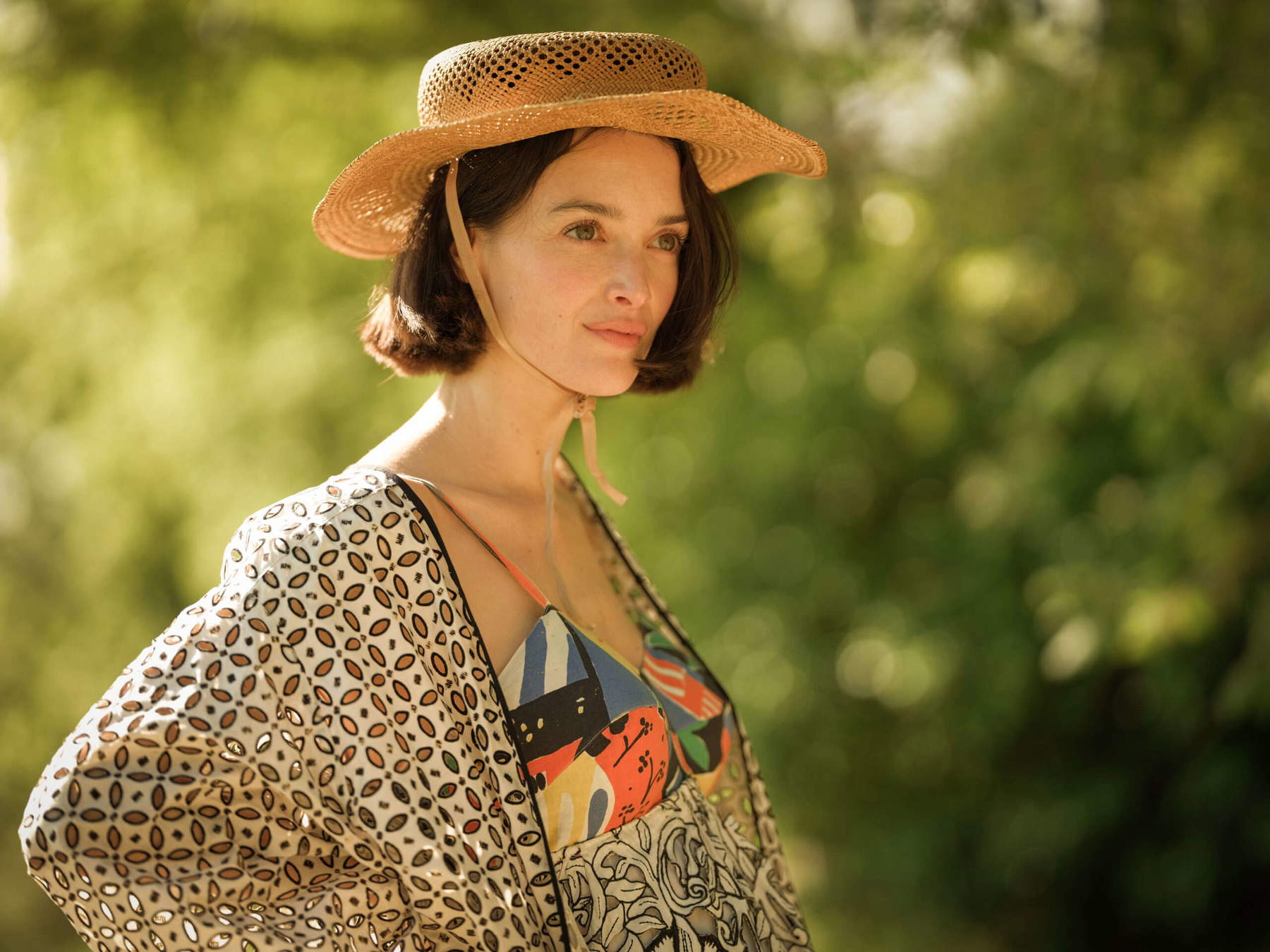
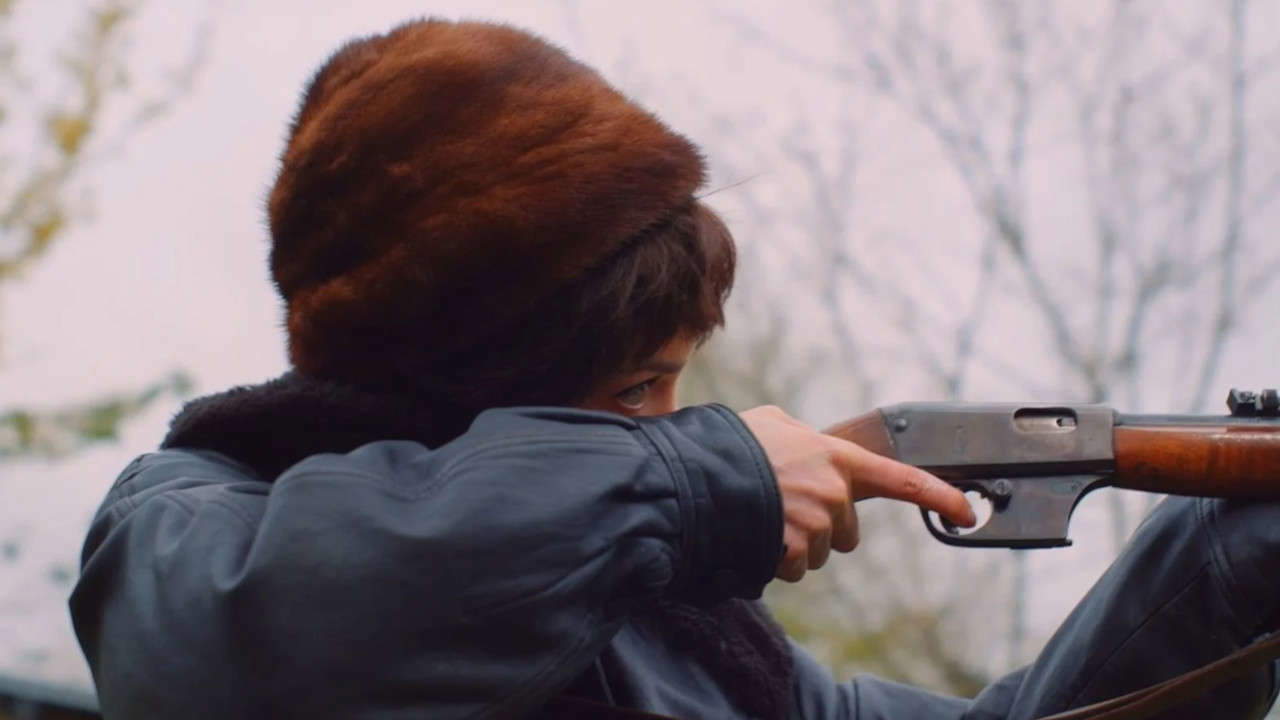
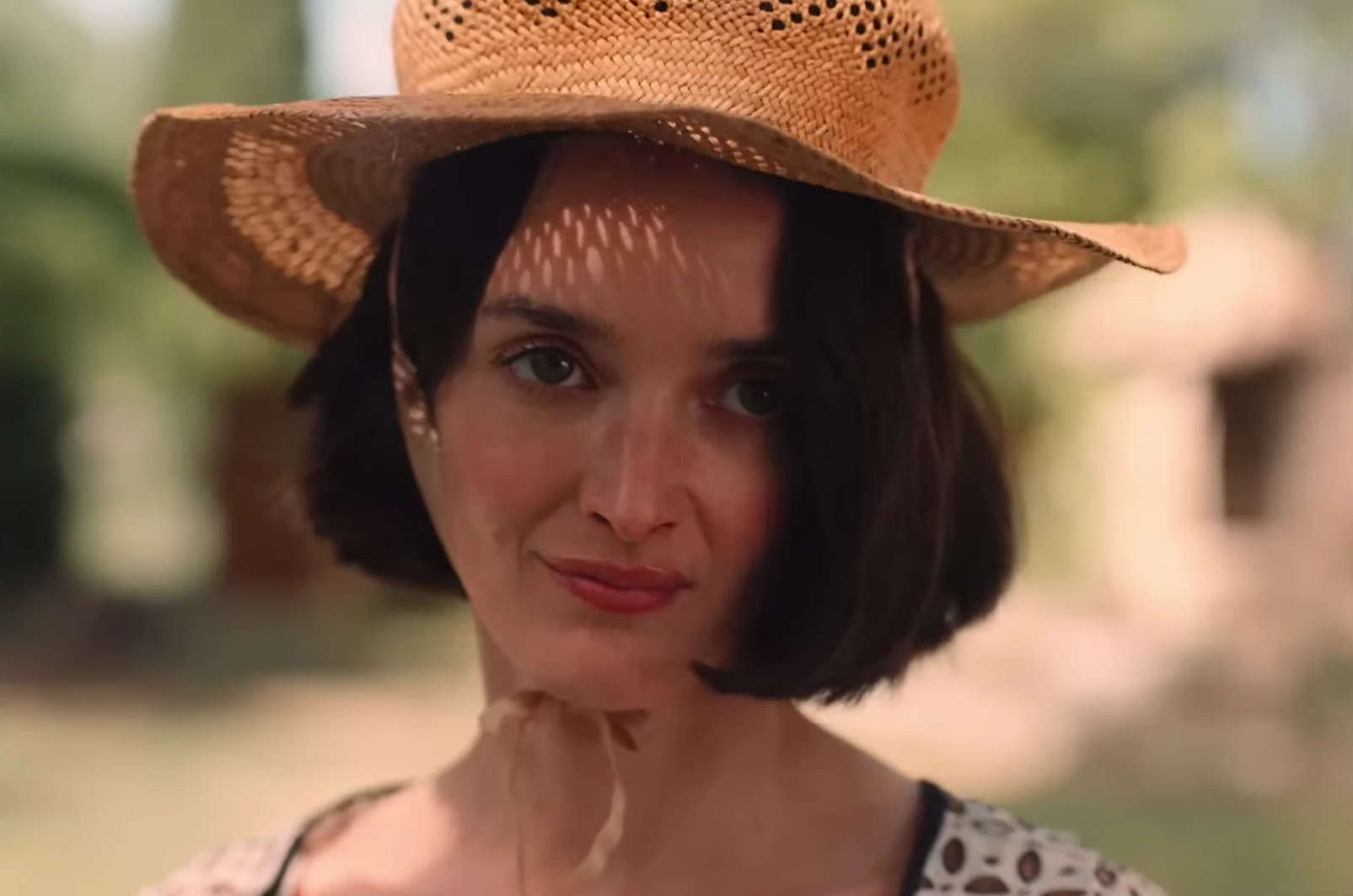
In the clinic, Niki begins to explore the healing power of art. Between depression and inner chaos, she finds a way to express herself through drawing and creating collages with materials found in the hospital garden. It is at this time that Niki discovers her true artistic calling, turning pain into creativity. Her art becomes a way to survive and cope with the anger and frustration accumulated over the years.
Once out of rehab, Niki completely immerses herself in art, frantically devoting herself to painting and sculpture. The film explores her artistic evolution, moving from experimentation with materials to the famous Tirs, works created in 1961 in which Niki fired a rifle at canvases containing bags of paint, creating explosions of color that expressed her anger and desire for destruction. This gesture became symbolic of her process of personal and artistic liberation.
Another key character in the film is Jean Tinguely, played by Damien Bonnard, who was not only Niki’s husband but also her collaborator. Together, Niki and Jean break with the artistic conventions of the time, uniting their visions in the Nouveau Réalisme movement, a group of artists who sought to break with academic traditions by celebrating the use of salvaged materials and art as an expression of rebellion. The relationship with Tinguely is also central to Niki’s artistic evolution, who, thanks, as also emphasized in the film, gained confidence in her talent and ideas from him.
Sallette said she has long studied accounts of abuse and incest, drawing inspiration from figures such as Camille Kouchner and Christine Angot to better understand the pain of those who have suffered similar traumas to Niki’s. The director succeeds in bringing to the screen a complex figure who transforms her fury and despair into a creative force capable of changing the world.
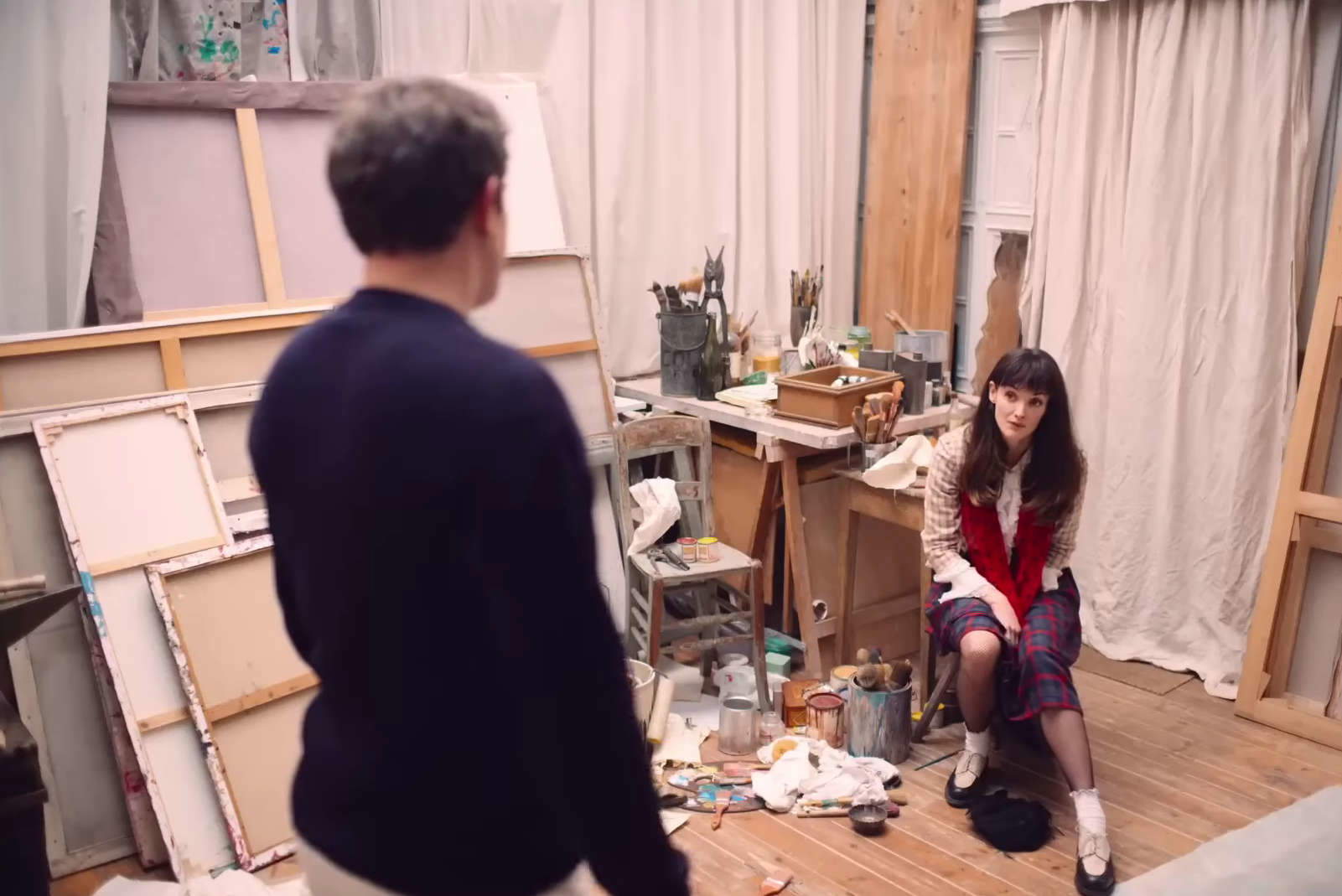
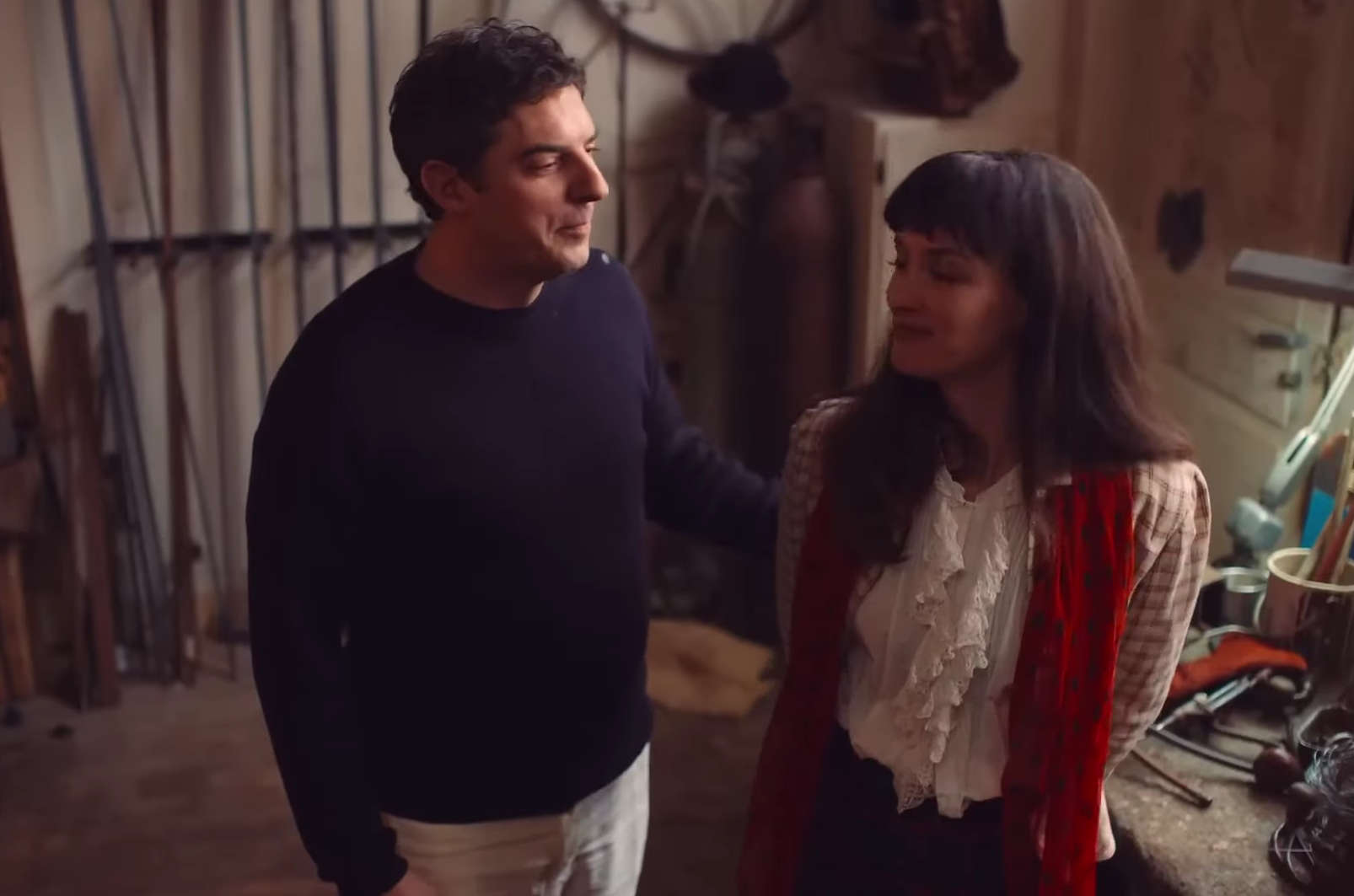
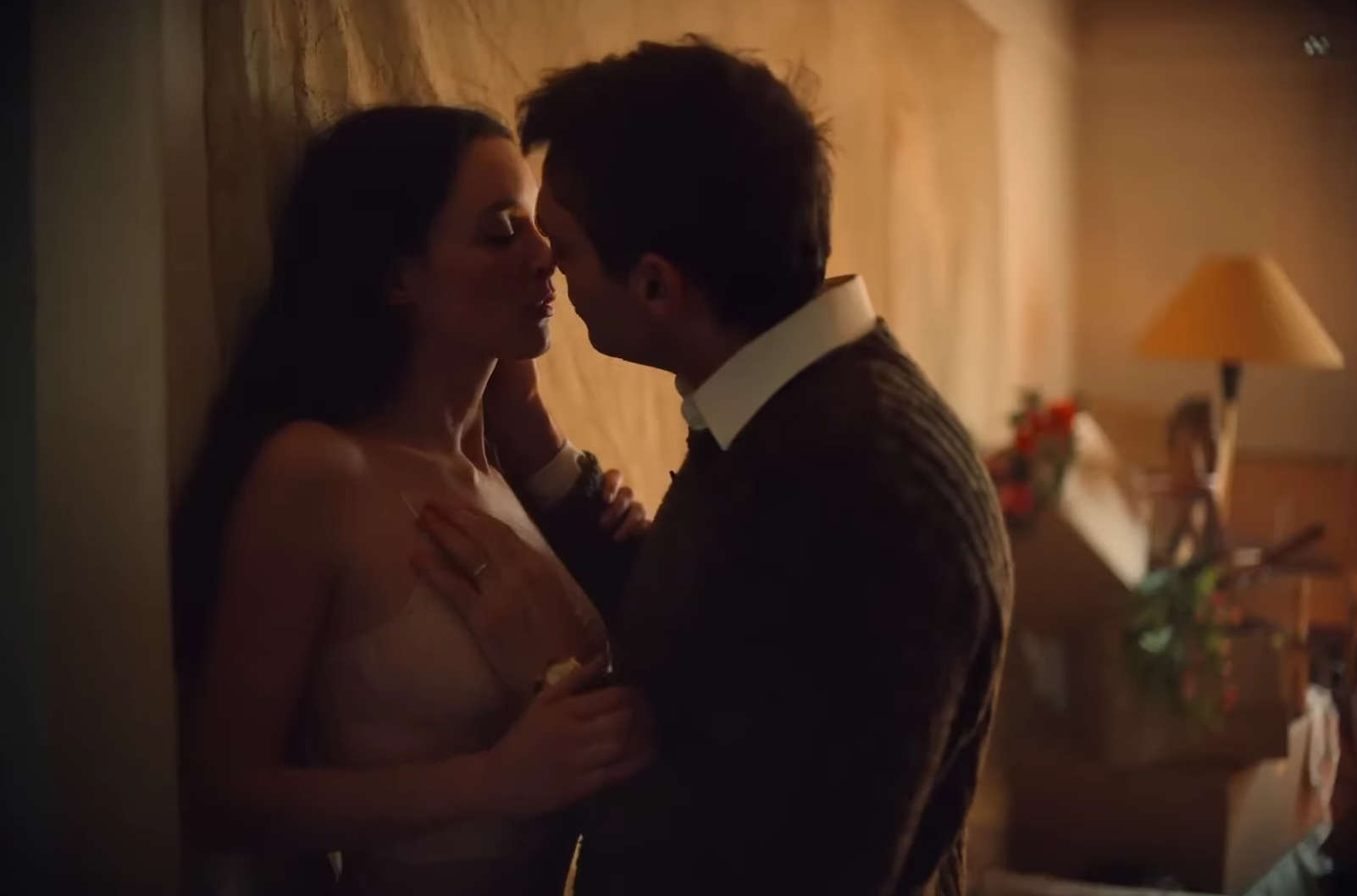
“I saw an interview with Niki de Saint Phalle from 1965,” the director said in an interview for the Cannes Film Festival, where the film was presented, “and I noticed two things: first, she was a brilliant artist who was way ahead of her time, and second, Charlotte Le Bon looks surprisingly like her. That’s how the film came to me: the metamorphosis of a young model, a pure product of her time, into a knife-cut-haired artist who shoots her canvases with a rifle to create art. How did Niki Mathews become Niki de Saint Phalle? Just as I was talking about it with my agent and we were starting to set appointments with a producer, Jalil Lespert called me: he wanted to make a film about Niki de Saint Phalle with Charlotte Le Bon! When he heard that I had the same idea, he suggested we meet and the rest is history.”
The rest of the cast includes actors such as Judith Chemla as Eva Aeppli, Niki’s friend and confidante, and Radu Mihaileanu as Constantin Brancusi, one of the greatest sculptors of the 20th century. With a running time of 1 hour and 38 minutes, Niki will be distributed for international sale by Pulsar Content, which also presented the film in the Un certain regard section of the Cannes Film Festival. “I hope the film,” said director Céline Sallette, “shows that going from silence to the call to revolt is a journey. I hope that this transformative sense of poetry shines through in the film. After the living nightmare, Niki survives before being reborn. She is an example to follow.”
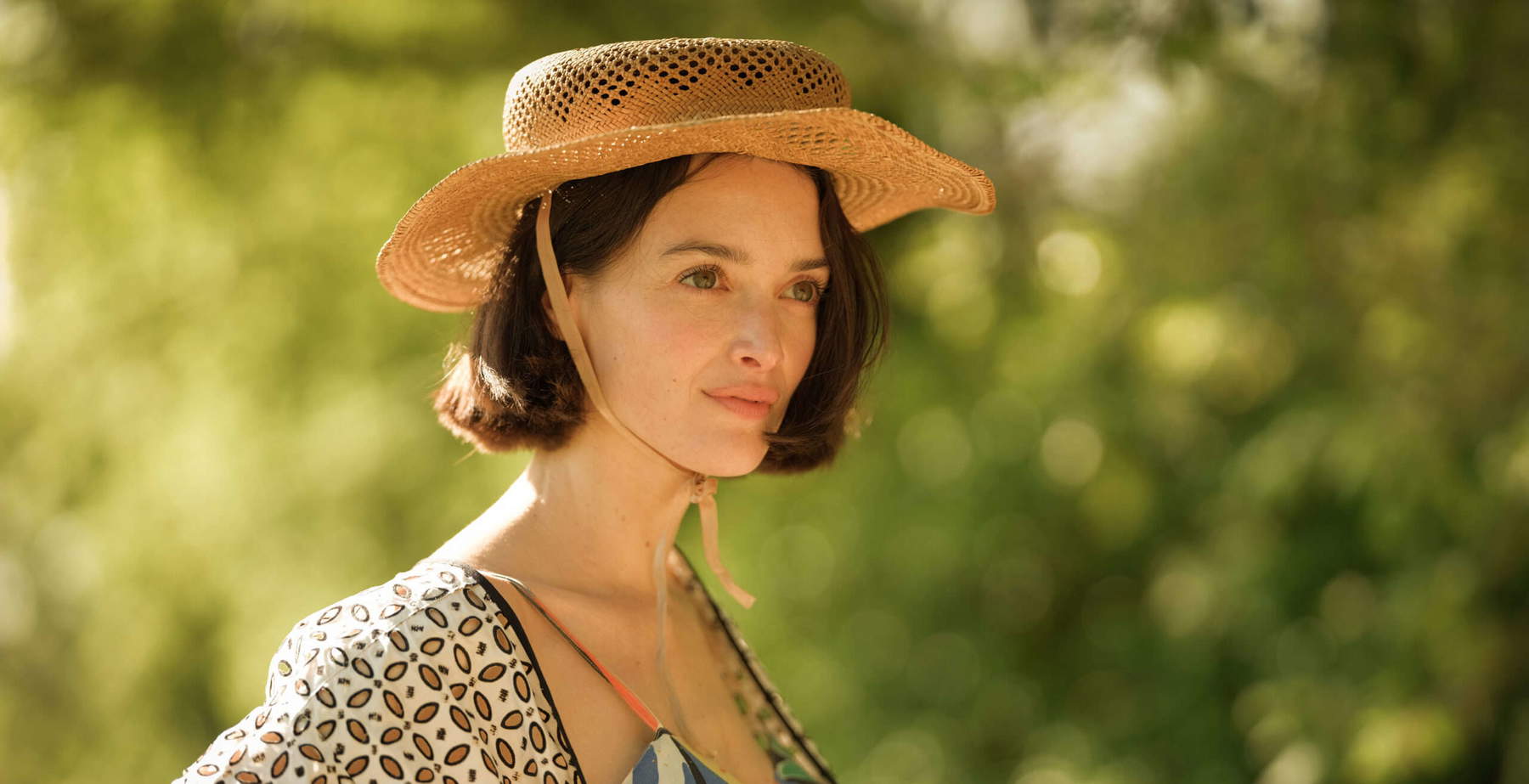 |
| Niki, the film about the life of Niki de Saint Phalle, is out. |
Warning: the translation into English of the original Italian article was created using automatic tools. We undertake to review all articles, but we do not guarantee the total absence of inaccuracies in the translation due to the program. You can find the original by clicking on the ITA button. If you find any mistake,please contact us.





























